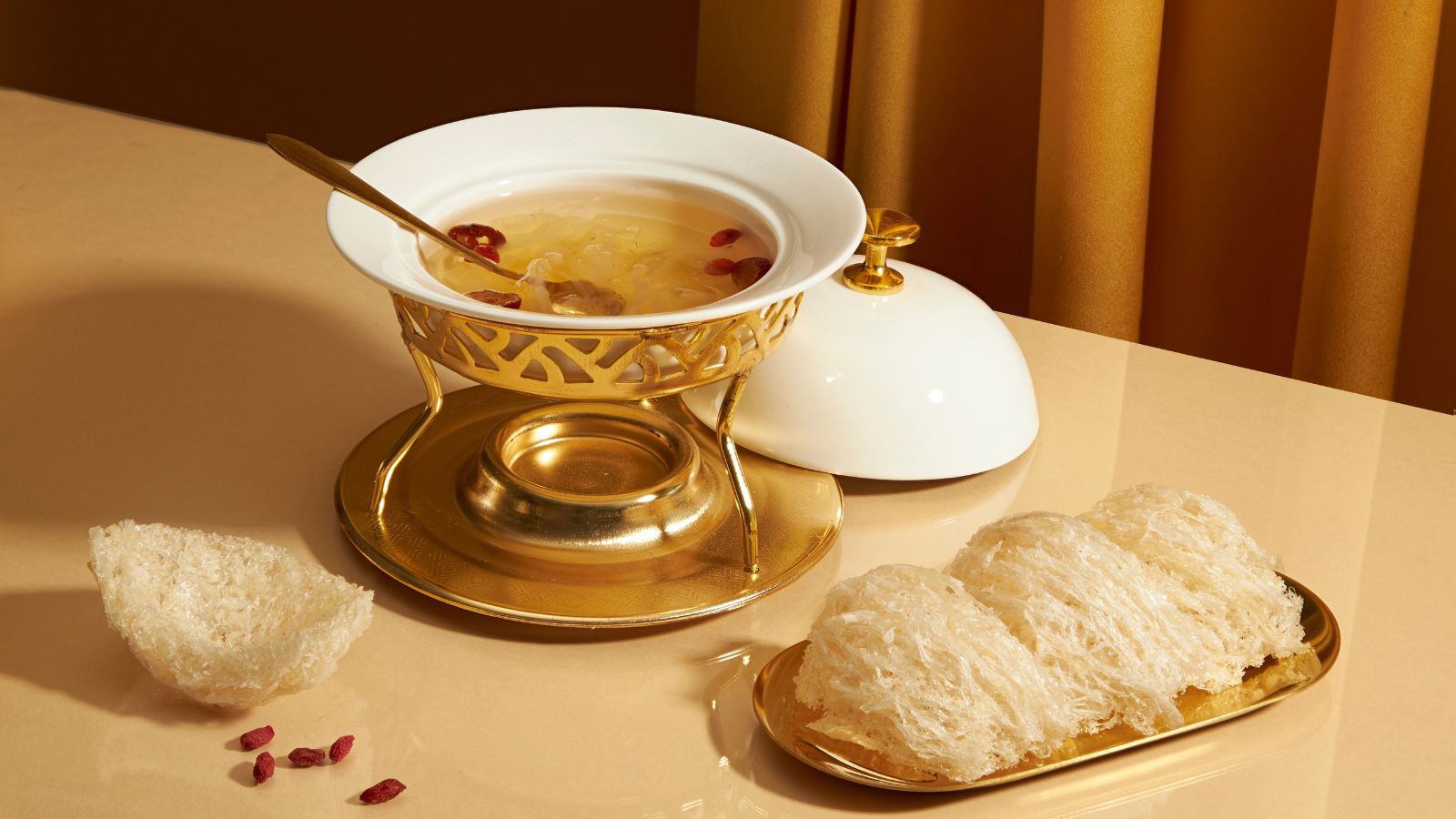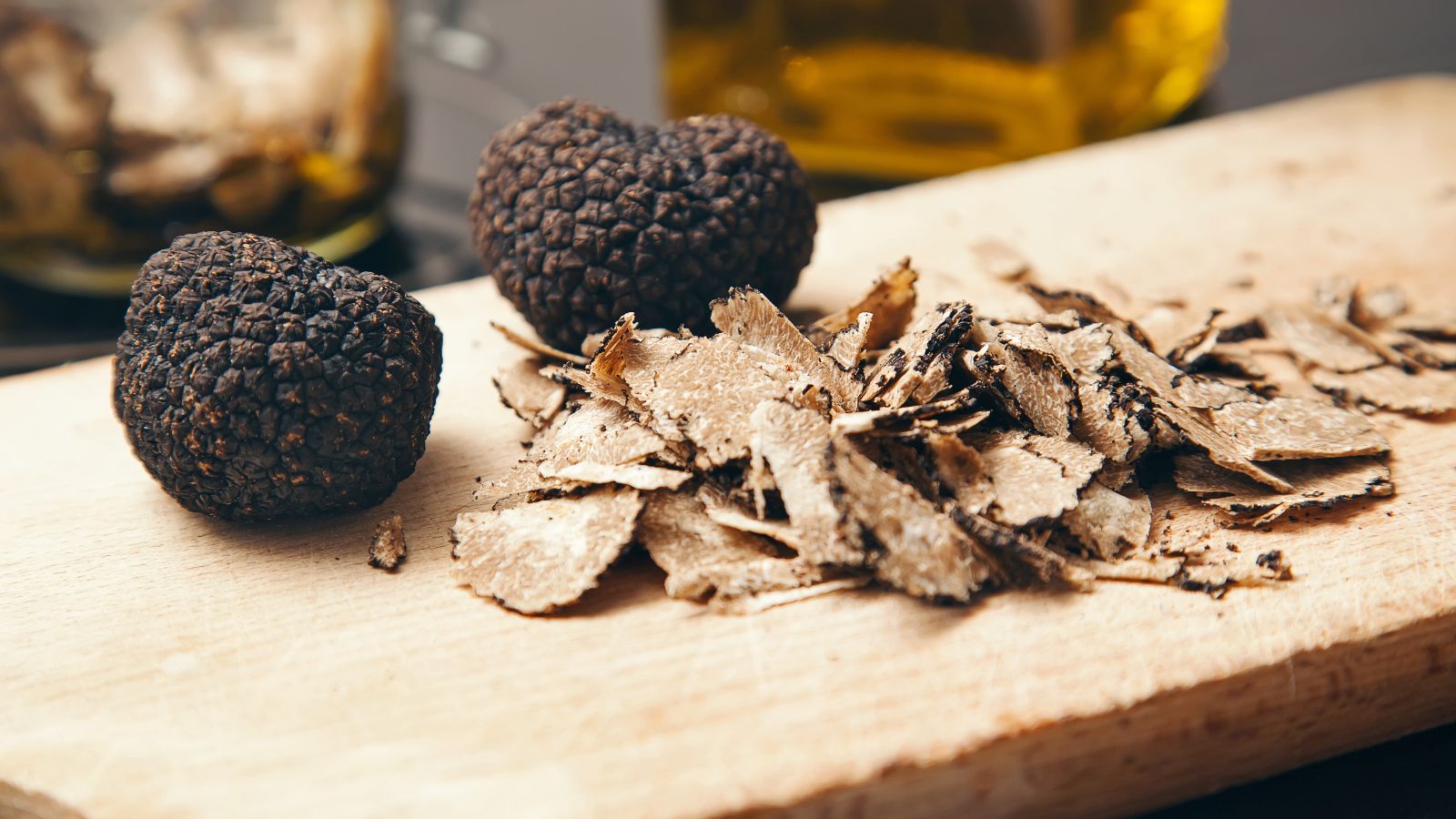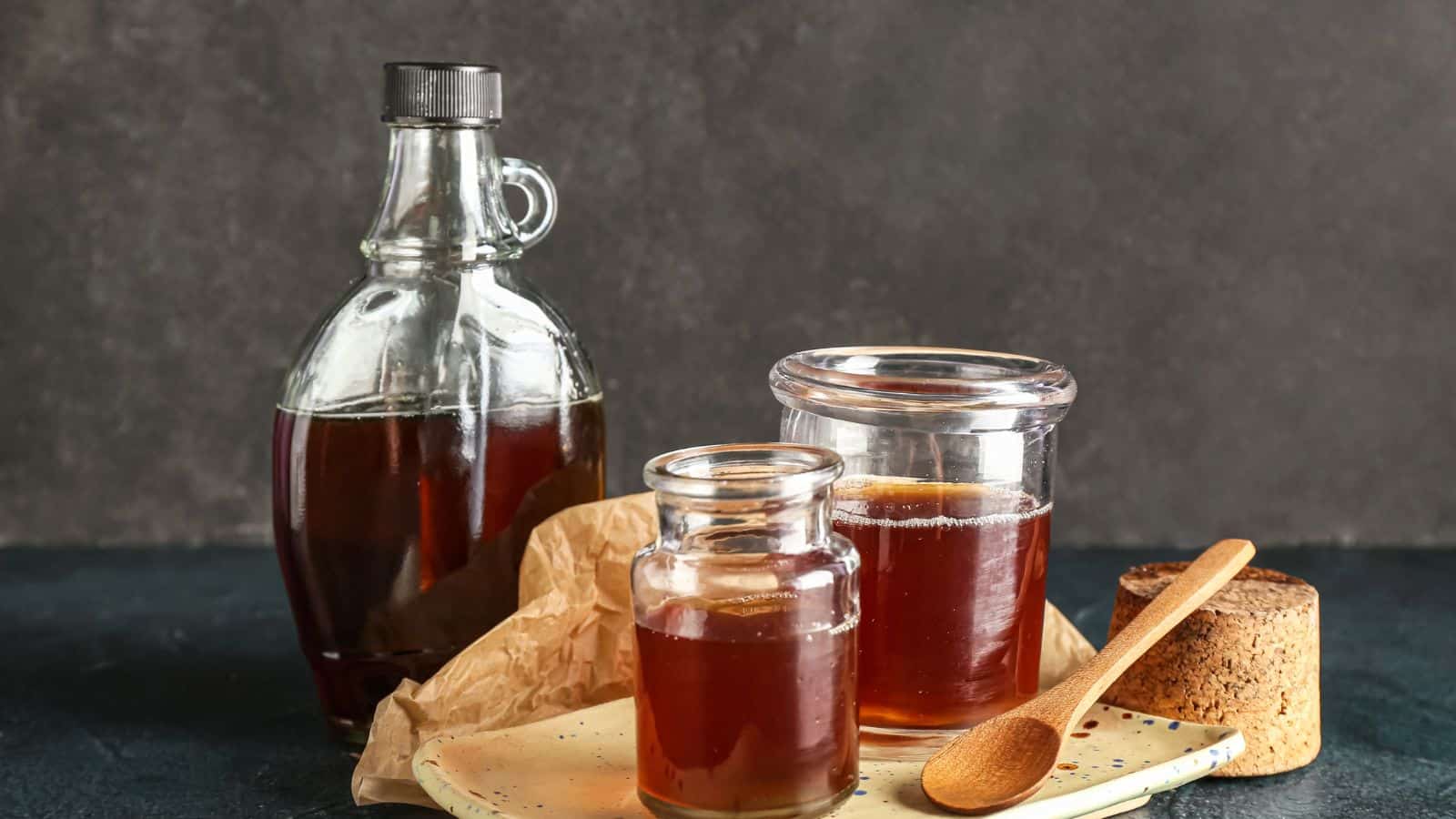Are you looking to try out some new foods? Well, the ones in this article might be a little hard to get your hands on. From fugu to white truffle, let us guide you through an extraordinary journey of unique and scarce delicacies.
Kayinja (or Mbidde) Banana

Domesticated 2,000 years ago in Africa, the Kayinja banana is only grown in very limited quantities in Uganda. It does play a central role in various local traditions, such as marriage ceremonies, and can be used to make juices and beers.
Salers Cheese

Salers is a millennium-old raw milk cheese, known for its nutty, intense flavor. According to USA Today, “There are only 100 farmers still making this cheese.” This is because of the strict rules and requirements governing how it must be made.
Qvevri Wine

This type of wine is made using a Georgian traditional wine-making method. It’s fermented and aged in terracotta vessels, revered for its unique taste and spiritual significance. What makes it rare is the fact that it’s not easy to produce and requires a suitable combination of grapes.
Bird’s Nest Soup

An Asian delicacy made from the nests of swiftlets, bird’s nest soup may not sound appetizing to many but it certainly is difficult to find nonetheless. The soup is considered an aphrodisiac, costing up to $4,535 per pound! It’s made from twigs, feathers, and the saliva of swiftlets.
Casu Marzu

Casu marzu is a Sardinian cheese containing live maggots. Yes, you read that right. The cheese is made from sheep milk, known for its distinctive taste, and is actually banned by the European Union. It’s illegal to buy and sell the “dangerous” cheese, so if you’re itching for a taste, you’ll have to pay a visit to Sardinia and see what you can do!
Matsutake Mushrooms

Renowned for their rarity and unique flavor, these mushrooms are hard to get your hands on because of the specific growth requirements needed for them to thrive. They cannot be cultivated artificially and are only harvested once a year. While they can be found in Europe, the U.S., Canada, and China, they’re still not easy to buy.
Black Truffle

The Périgord black truffle is one of the rarest fungi. It is “found in the south of France and is the most fragrant of all truffles,” as per Taste France Magazine. Famous for its distinctive aroma, you’ll have to spend a pretty penny to try some for yourself!
Densuke Watermelon

Grown in northern Japan, there are fewer than 100 Densuke watermelons available each year, meaning they’re extremely rare. These unique watermelons are stripeless and dark green on the outside—so dark they’re almost black. They have very few seeds and are supposedly very sweet.
Saffron

You may be familiar with saffron and have likely even tasted it a few times. It’s a delicate and fragrant spice, originally from Greece. However, it’s also one of the most expensive spices, costing up to $5,000 per pound! It’s not impossible to get your hands on, but it certainly isn’t as easy as with your average spice.
Chocopologie Truffle

A Chocopologie truffle, created by Danish chef Fritz Knipschild, is known to be one of the rarest chocolates out there, infused with black truffle. These delicious sweet treats cost about $3,000 per pound. Want to try the exclusive flavor profile for yourself? It’ll cost you!
Fugu (Pufferfish)

Fugu is a Japanese delicacy. As told by Web Japan, “These fish are actually poisonous, and they can only be served at restaurants in Japan where a qualified fugu handler works.” The fish contain deadly tetrodotoxin and need precise preparation. Due to the fact that fugu chefs train for at least two years, it can be hard to find someone who will serve it to you.
Yubari King Melon

Another rare food item from Japan is the Yubari king melon, a luxury melon variety sold for as much as $14,500. Why is it so expensive? It’s grown in temperature-controlled greenhouses and hand-massaged. The expertise required to cultivate the melon makes it both rare and pricey.
Iberian Ham

This ham is made from the legs of black Iberian pigs bred in Spain and Portugal. It’s cured for years and is known for its sweet, salty, and nutty flavor. It’s said that this flavor comes from the pigs munching on acorns!
White Truffles

Have you ever tried a white truffle? If so, you’re very lucky. This is a rare fungus growing near hazelnut and oak trees in Italy. It requires specially trained dogs or hogs to locate. These truffles are known (and loved) for their rich, earthy flavor.
Maple Syrup

You’re likely thinking, “Maple syrup isn’t rare—I’ve got some sitting in my pantry now!” That may be true, but real maple syrup is, in fact, rare. It requires 44 gallons of sap for just one gallon of syrup! This grade A syrup is naturally the most expensive and delicious—mostly produced in Vermont, USA.
Mānuka Honey

According to World of Honey, “The mānuka tree only grows in New Zealand, and mānuka trees only bloom for a few weeks each year.” Because this honey is only harvested for a very short period, it’s both rare and expensive. It represents about 1% of the world’s honey.
Icelandic Salt

This type of salt is harvested in remote regions of Iceland, as you may have guessed from the name. It’s hand-processed and costs around $30 per pound! There’s a reason it’s preferred by world-renowned chefs, however, and that is because it’s of excellent quality.
Read More: 18 Misunderstood Acts The Bible Says Aren’t Actually Sins

People tend to assume that the Bible condemns a wide array of behaviors, but the reality might surprise you. Here, we zoom in on 18 so-called “sins” that may not be as bad as we thought.
18 Misunderstood Acts The Bible Says Aren’t Actually Sins
18 Things You’re Far Too Old To Be Doing Anymore

As we grow older, it’s a great time to reevaluate our choices and habits. In this article, we’ll explore 18 things you may still be doing even though you may be too old.
18 Things You’re Far Too Old To Be Doing Anymore
18 Things That Become Intolerable as You Get Older

As people age, they sometimes don’t find as much joy in things as they used to. An internet survey recently asked, “What are you starting to dislike more as you get older?” Here are the top 19 responses.
18 Things That Become Intolerable as You Get Older
The Boomers Called It: 19 Stupid Trends That Backfired

Sometimes, we get carried away with trends that we think are cool at the time, only to realize later how utterly ridiculous they were. Join us as we take a cringe-worthy trip down memory lane and explore 19 stupid trends that backfired. Prepare for some facepalms!
The Boomers Called It: 19 Stupid Trends That Backfired
21 Things That Will Be Lost Forever When The Boomer Generation is Gone

Baby boomers grew up in a vastly different culture, so they have what younger generations consider strange habits. An internet survey recently asked, “What will die with boomers?” Here are the top 22 answers.
21 Things That Will Be Lost Forever When The Boomer Generation is Gone
